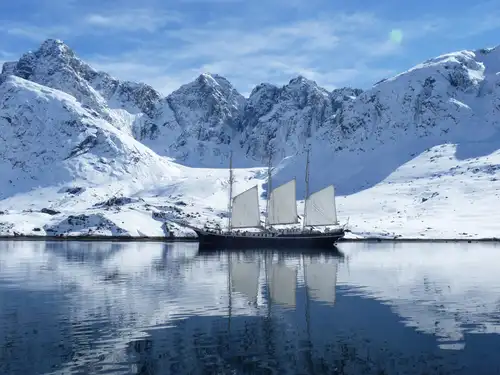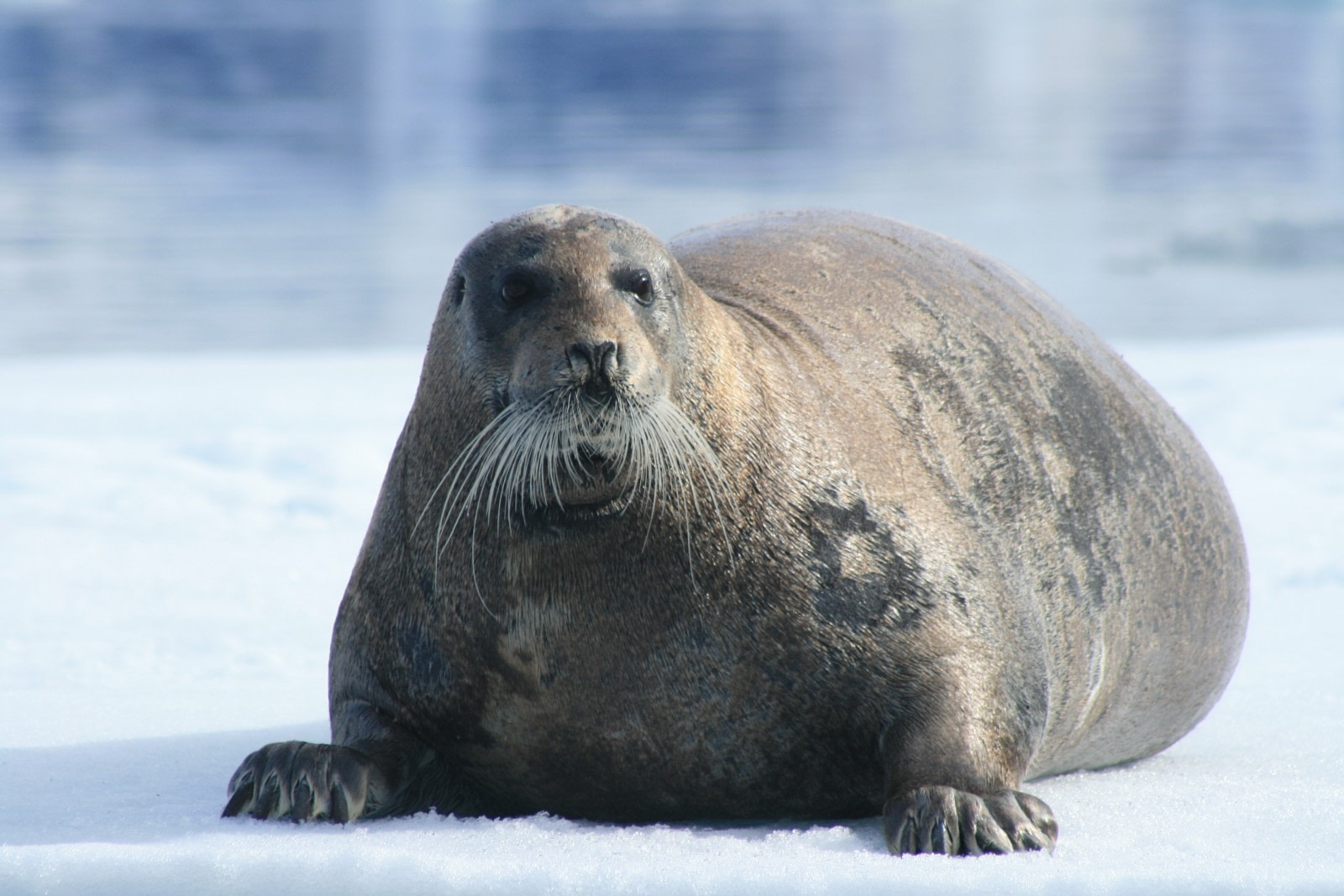Owing to the large landmasses that populate the Northern Hemisphere, the Arctic boasts the most diverse wildlife among the planet’s polar regions. Some of the most captivating Arctic animals are the marine mammals found just offshore.
And no, we don’t mean swimming polar bears – though they are quite beloved as well.
We’re talking about the Arctic seals that surface in bays, lounge on ice floes, and add a touch of elegance to the scenery, whether it’s in Greenland, Svalbard, or Northern Norway. Here are six seal species you might encounter on some of our adventurous Arctic cruises.
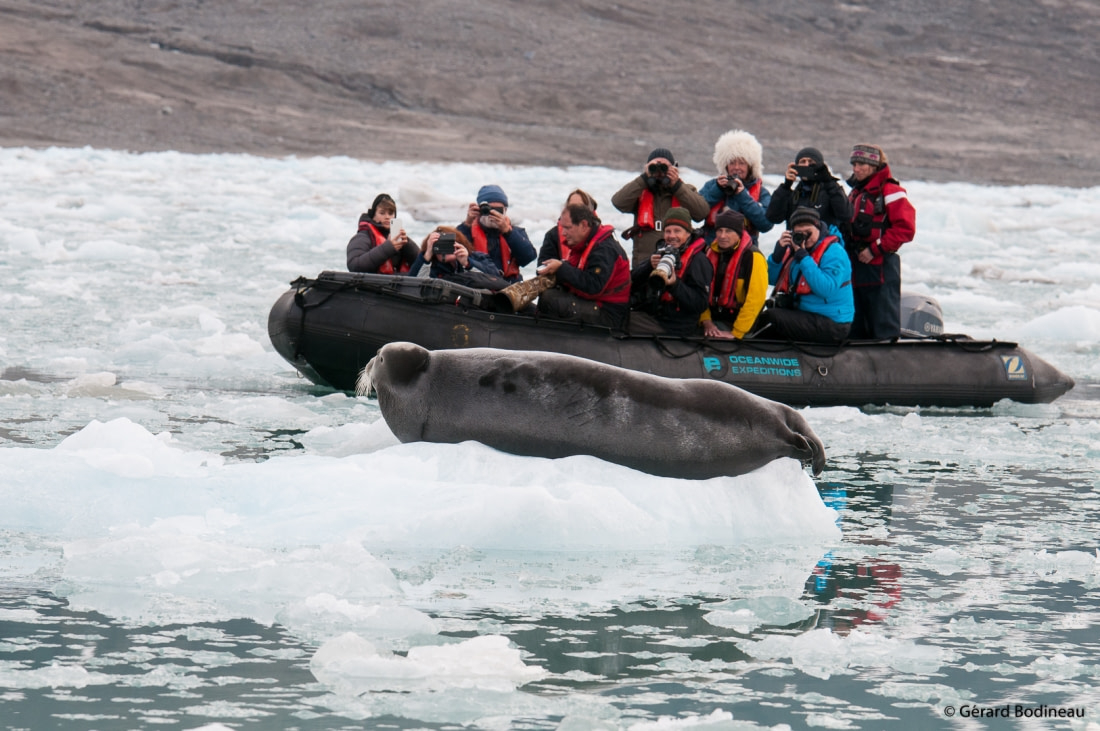
1. Gray seal (North Norway, Fair Isle)
Also known as grey seals, Atlantic seals, and horsehead seals, these seals have a Latin name, Halichoerus grypus, which means “hooked-nosed sea pig.”
Those schoolyard insults you used to endure don’t seem so bad anymore, do they?

Female gray seals can live up to 35 years in the wild, while males live about 25 years. They are one of the rarest seal species in the world and are protected in the United States by the Marine Mammal Protection Act.
Gray seals are “true seals,” also known as “earless seals,” and often rest with their bodies upright and heads above the water, somewhat resembling buoys. Males can outsize females by almost two times, being Britain’s largest carnivorous mammals.
2. Harbor seal (Svalbard)
Harbor seals, or Phoca vitulina, are also called harbour seals or common seals. Females live to be about 36, and male harbor seals about 31 years old.
Overall populations of harbor seals are healthy, though some of the seal’s habitat is threatened. Like other seals, gray seals are related to bears and dogs, which is evident in their facial structure. They are also easily identified by their spots.
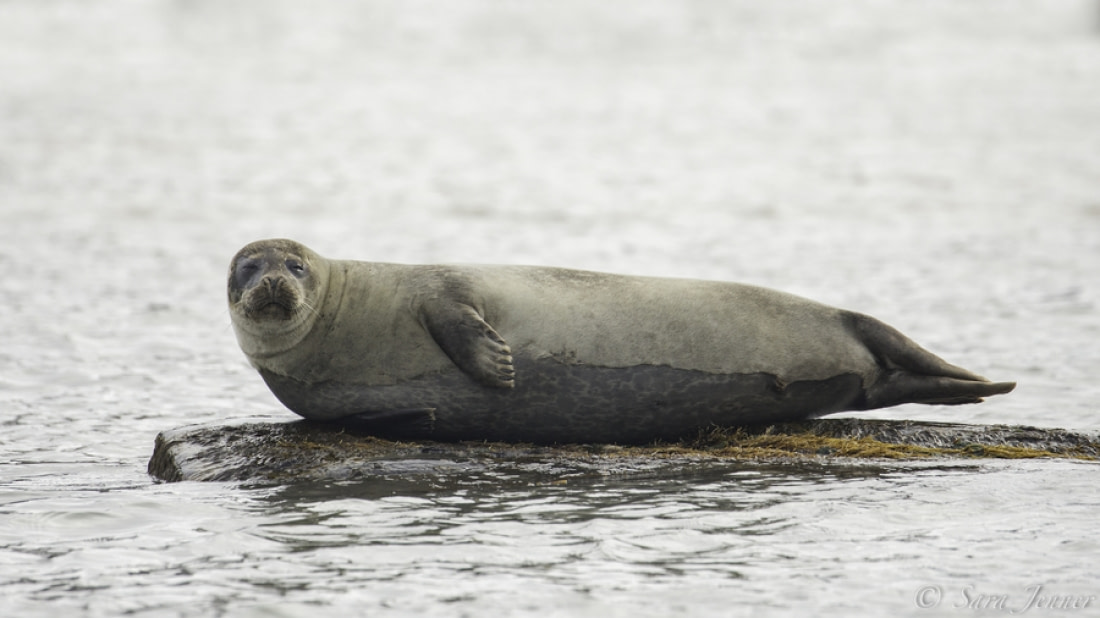
Male harbor seals are known to engage in fights over mates, like many other species. Pups grow fast and are fully weaned after only a month to six weeks.
3. Ringed seal (Svalbard)
Pusa hispida are sometimes called jar seals, but the more common name is ringed seals. Forming the highest seal population in the world, ringed seals are also the smallest Arctic seal species.
They live to be about 25 to 30 years old and have two freshwater subspecies in Europe, but some specialists believe the ringed seal has up to 10 subspecies.
The ringed seals we see in the Arctic have thick claws for digging breathing holes in the ice sheets. Some of these holes can be as deep as two meters (six feet). Polar bears are wise to them, however, and often hunt ringed seals at these air holes.
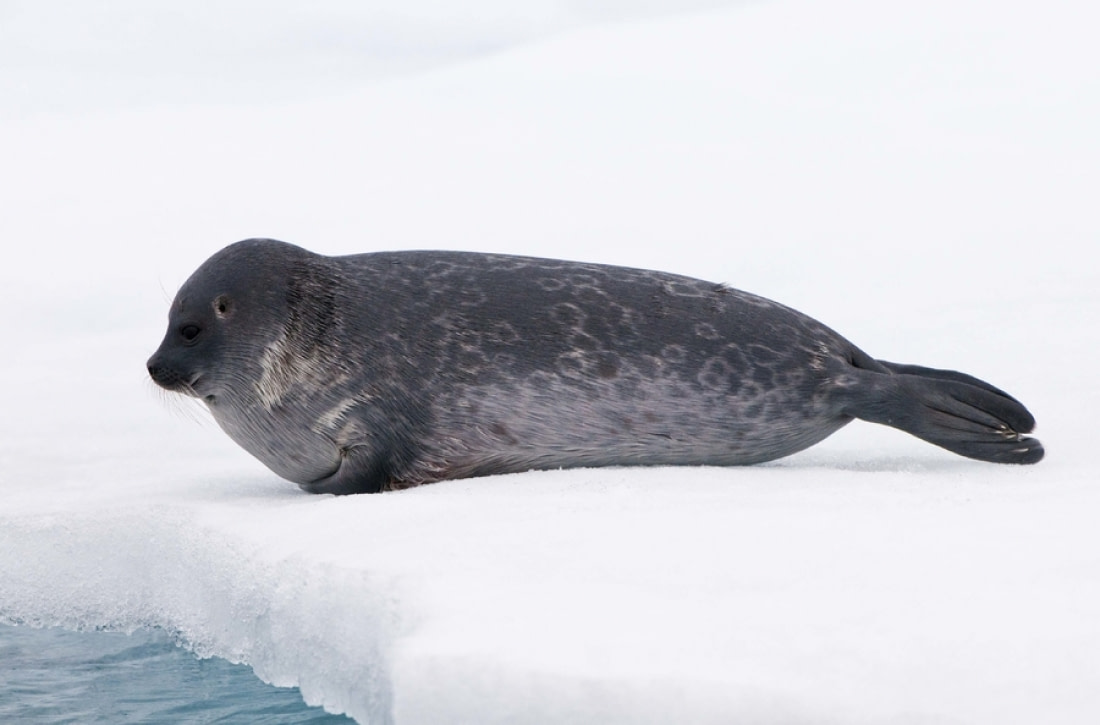
Not only that, but ringed seals sometimes find their air holes stolen by other seals or whales. This is made all the more unjust by the fact that, due to their claws, ringed seals are the only Arctic seal that can make these air holes.
But then, looking for justice in the animal kingdom can be a vain ambition.
4. Harp seal (Greenland & Svalbard)
Because of the saddle-shaped mark on their backs, harp seals are also called saddleback seals, and they are one of the more common Arctic seals we see. Their binomial name, Pagophilus groenlandicus, means “ice-lover from Greenland.”
Harp seals live to be about 20 years old in the wild, and they are known to migrate up to 8,000 km (5,000 miles) between mating grounds.
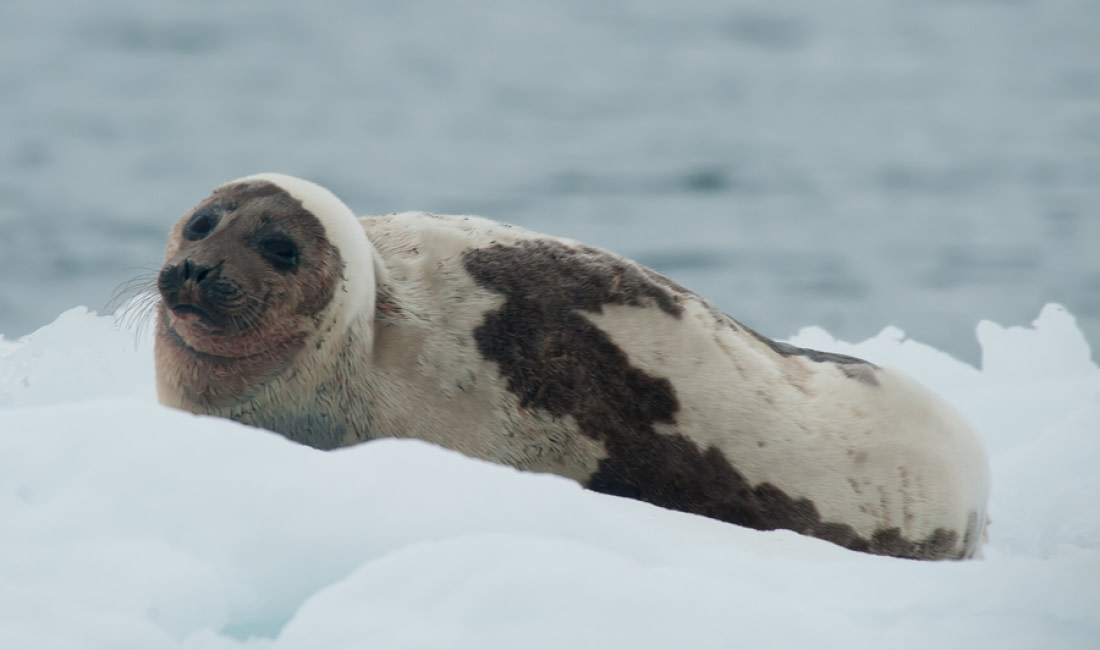
The mothers of this seal species make for doting parents, able to identify their pups by scent even in colonies numbering in the thousands. But sometimes harp seals wander far from their colonies, and these nomadic seals are known as vagrants.
The sea is where harp seals spend most of their time, though they do stay on land longer during the mating and birthing season.
5. Bearded seal (Greenland, Svalbard)
Square flipper seals are another name for bearded seals, or Erignathus barbatus. These Arctic seals, like gray seals, are considered real (also earless) seals.
Living about 25 years in the wild, bearded seals are known for their whiskered appearance and make regular appearances on our Arctic voyages. They have tougher skin than most seals, which did not always work in their favor: Bearded seal skin was a highly valued resource from which Inuit made boat covers, harnesses, shoes, and tent covers, among other things.
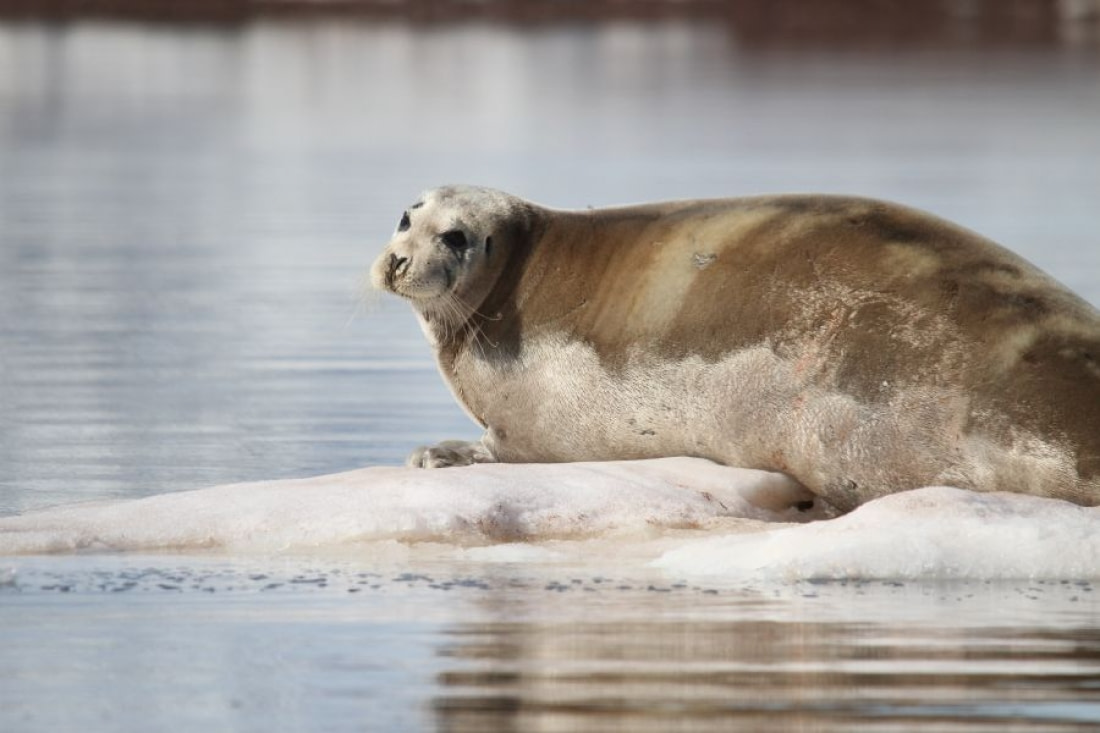
Bearded seals are the largest Arctic seals, and they have a song to match. This song can be heard up to 20 km (12 miles) away.
Arctic seals to the bone, bearded seals nevertheless avoid venturing above 80°N. They do, however, have four nipples, a trait they share only with tropical monk seals.
6. Hooded seal (Svalbard, Jan Mayen)
Hooded seals also go by the name bladder-nosed seals or Cystophora cristata, depending on how exact you want to be. They get their name from their distinct hooded nasal cavities.
Living up to 35 years in the wild, these Arctic seals also have the shortest weaning period of any mammal. Hooded seal pups are called “blue-backs” because of the blue-black coloring they shed around 14 months of age.
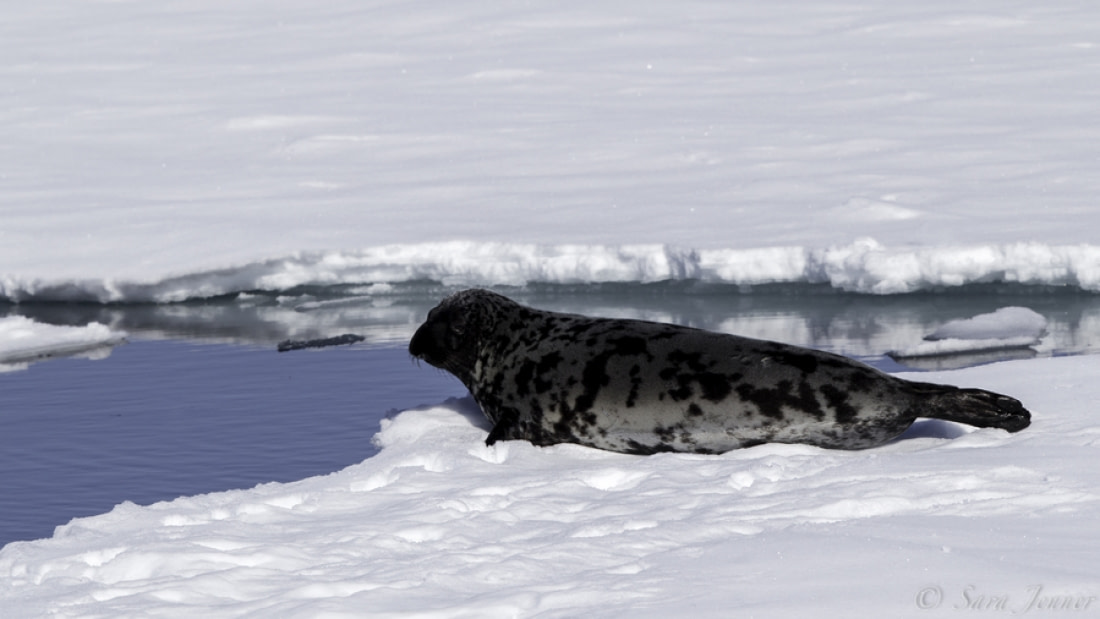
The adults are more territorial than any other seal species, Arctic or otherwise, and can become aggressive when defending their terrain.
The hooded seal genera name, Cystophora, comes from the Greek “bladder-bearer.” This refers to their hood, which male hooded seals can use to make vibrations underwater to warn away other animals in their territory.
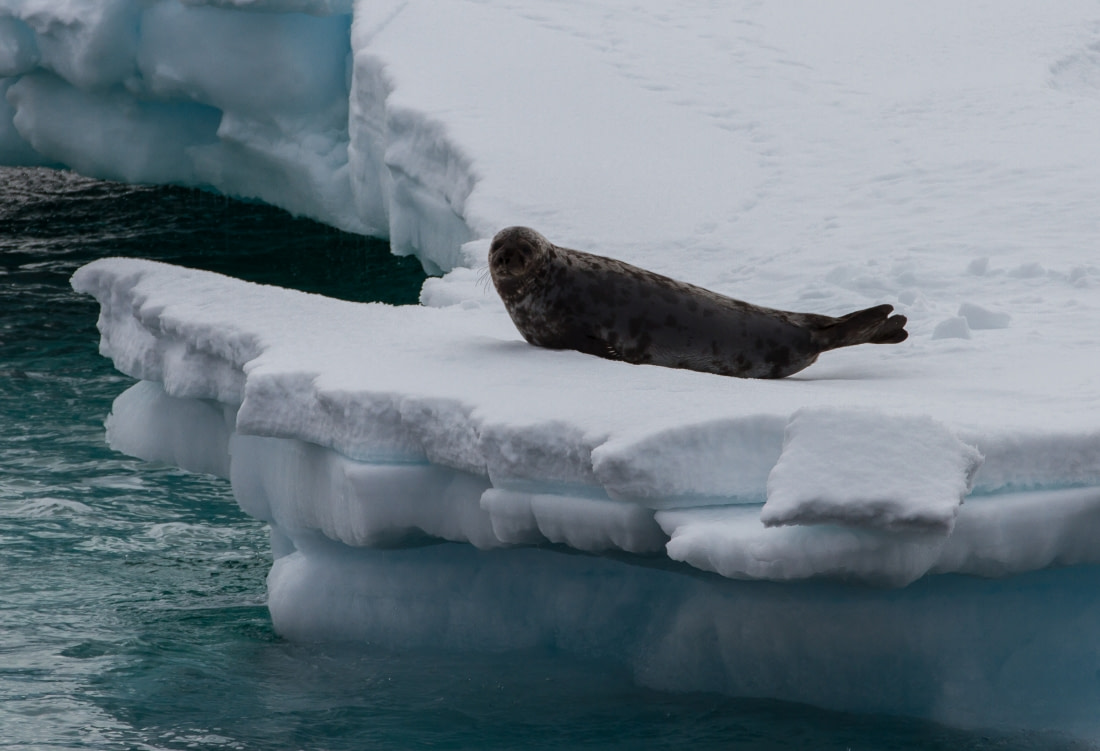
Arctic seals video
Reading about Arctic seals (and seeing all the great photos taken by our guides and passengers) is great, but how about viewing these animals in living color?
For a closer glimpse of the seals featured in this blog, please check out our short and sweet Arctic seals video below. Forgive the pun, but what you see there might just seal the deal on your own Arctic trip.
Blog


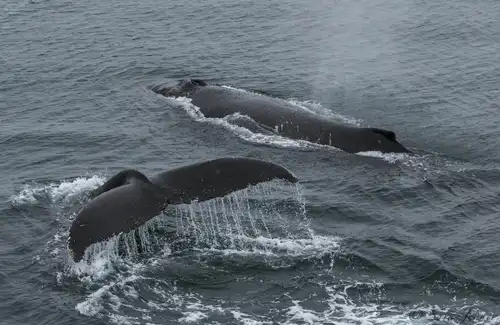
Polar Marine Visitors: the Whales of Antarctica and the Arctic
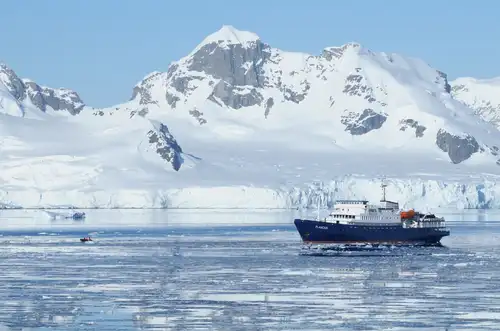
The Ultimate Traveler’s Guide to the Arctic and Antarctica
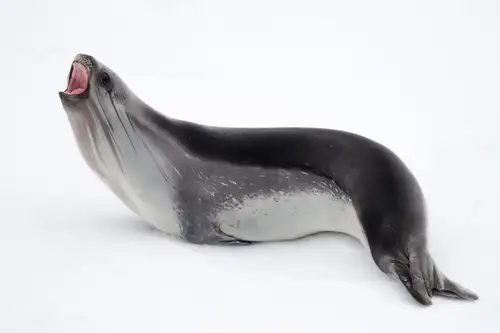
11 Seals You May See in Antarctica or the Arctic
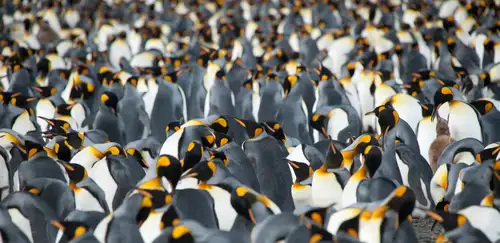
Experience King Penguins, Seals and More in South Georgia
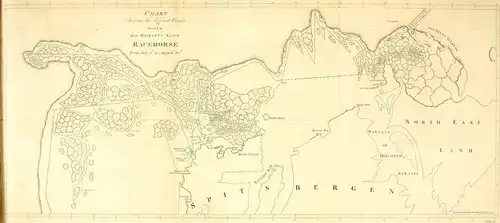
First to the North Pole: Five Failed but Brave Expeditions
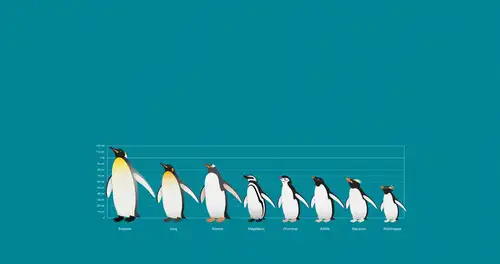
The Eight Great Penguin Species of Antarctica

10 Common Misconceptions About the Arctic
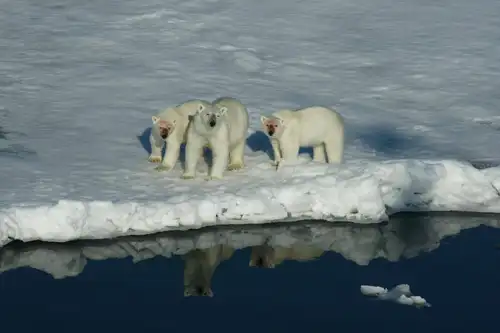
Polar Bear Primer: Eight Facts About the Arctic Wanderer
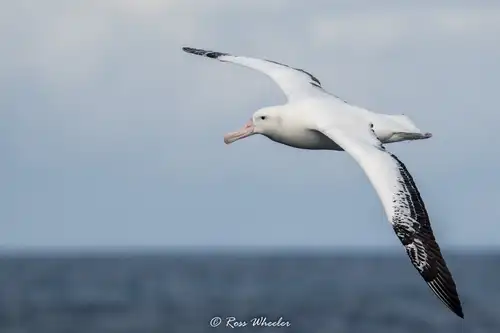
The Eight Albatrosses of Antarctica and the Sub-Antarctic

The Classic Polar Cruise: Antarctic Peninsula Facts, Pics, and More

The World Is Changing for Greenland's Native Inuit People
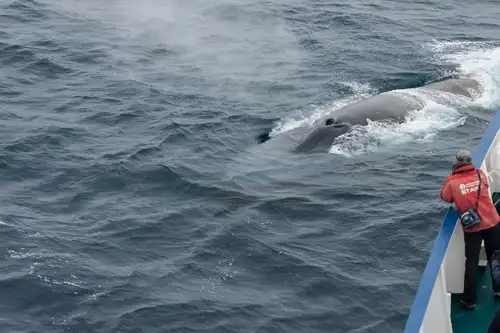
10 Bountiful Blue Whale Facts
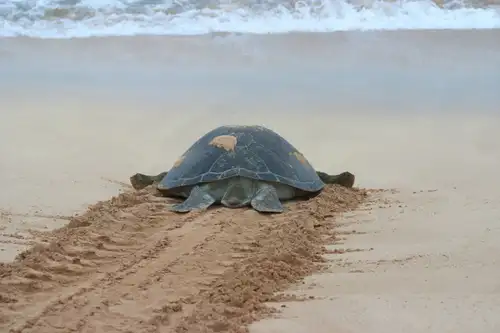
The Overlooked Treasures of Ascension Island
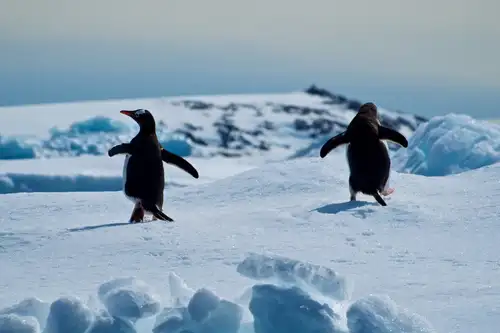
Eight Ultimate Antarctica Adventures
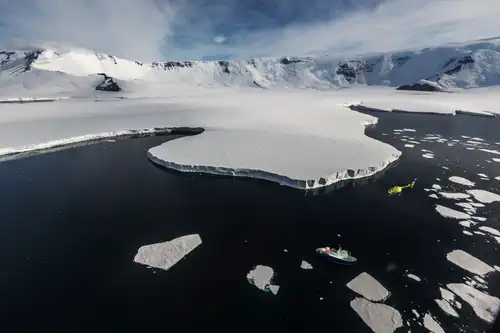
Taking a polar expedition cruise delivers no shortage of show-stopping highlights, but one of the most exhilarating is lifting off from the ship in a helicopter and taking flight over the incomparable Antarctic wilderness.
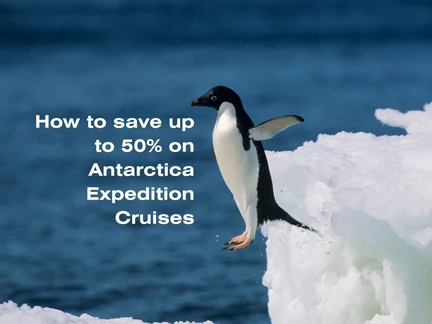
Cheapest Antarctica Cruises: How to Save on Your Journey
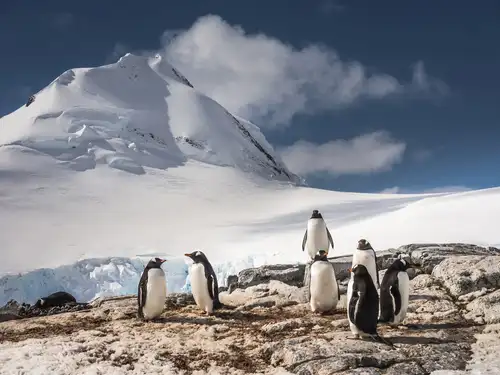
Antarctica Cities (and Five Other Things That Don’t Exist There)
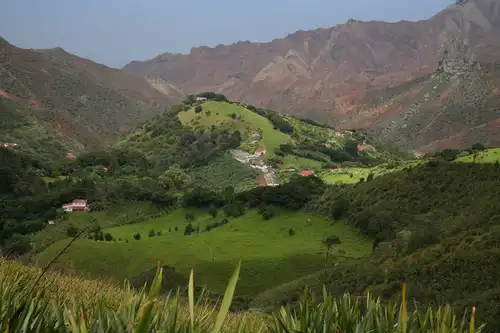
Five Reasons to Love St. Helena
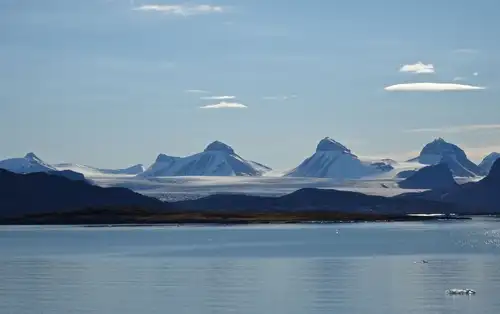
The Arctic Borderland of Kongsfjorden, Svalbard
